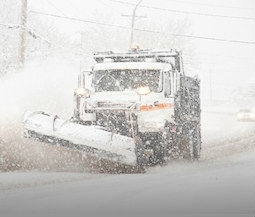Water damage, such as from a flood or in the aftermath of a fire, is not just unsightly and unsanitary – it can also be dangerous. From wallboards to rugs, items that are not thoroughly dried can sprout mold and mildew.
Your first task in addressing water damage is to remove any water that remains. That means pumping out standing water and drying out waterlogged surfaces.
- Pump out flooded basements gradually (about one-third of the water per day) to avoid structural damage. If the water is pumped out completely in a short period of time, pressure from water-saturated soil on the outside could cause basement walls to collapse.
- Bring all soft items (such as sofas, clothing, bedding, and throw rugs) outside if possible – sunlight and wind will help them dry faster.
- Throw out items that have absorbed water and cannot be cleaned or disinfected. This includes mattresses, carpeting, cosmetics, stuffed animals and baby toys.
- Remove all drywall and insulation that has been in contact with flood waters.
- Consider removing vinyl floor coverings and tile to allow the substructures beneath or behind them to dry.
- Keep the windows open and run fans – or keep them shut and run dehumidifiers – to pull moisture out of wood floors and subfloors, beams, doors, etc.
Be patient. Depending on the level of water damage incurred, it can take weeks or months for your home’s structural elements to be thoroughly dried. Only then should you replace drywall, carpets and other floorcoverings.










